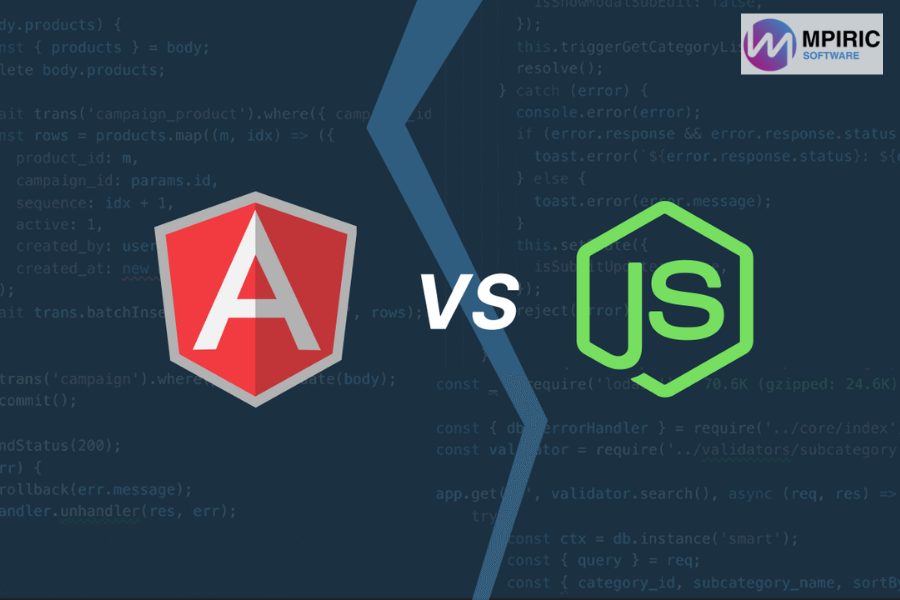Reduce the Cost of App Development with these tips

Reduce the Cost of App Development with these tips The number of emerging companies is on the rise in today’s world. Known as start-up companies, these companies are looking to […]
NodeJS vs AngularJS: Differences to Consider

NodeJS vs AngularJS: Differences to Consider Both Node.js and AngularJS are developed to build web applications using JavaScript, both use JavaScript syntax, but they work and use it in quite […]
Why to choose Swift for App Development?

Released in 2014, Swift is among the most well-known programming languages that are currently used to build iOS apps. Swift has dramatically improved the development of apps in a various […]

